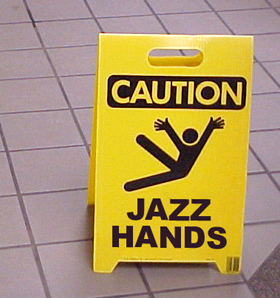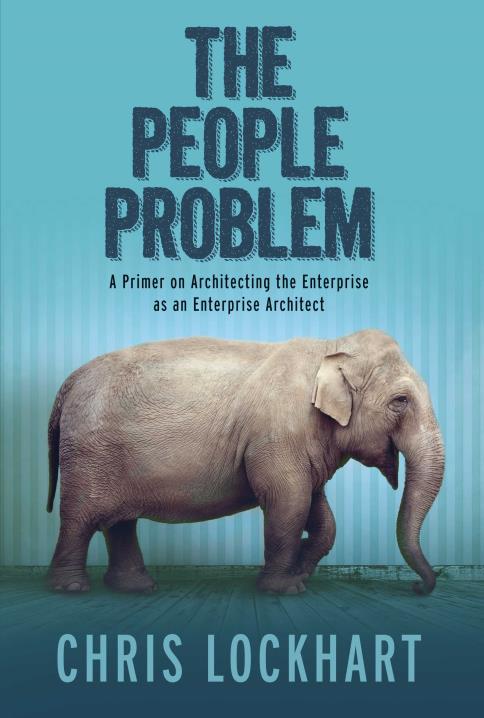I’ve noted previously the hip trend to conflate “social media” and “marketing” with the coincident meaning that they are the same thing. There has been a similar trend to interchange architecture and technology when talking about IT. Both are facile uses of language that obscure and diminish real differences.
If you take a literal definition of social media, it is media used for highly accessible and scalable interactions, communication, and dialogue. There’s plenty of chatter around the Twitterwebs that social media is so much more than this, that it is a metaphysical state of being or some such. There are endless blogs and tweets that social media is a state of mind and if you don’t do it right you’re screwed. Come on. Are we really bringing it to this level of stupefaction?
One might argue that there is methodology, standards, best practices and other ‘enabling’ things on the periphery of social media. There are surely approaches and frameworks that work better than others in certain circumstances. But while these enablers are important, at its core the social space is about human interaction, not marketing, public relations or advertising. Social media is a set of vehicles, of definitions for that interaction. It is media, that is, it is more than one medium. These media exist in an enterprise. They are defined and described in business terms. They can be leveraged for marketing, public relations or advertising (or gaming), but they are not marketing, public relations or advertising. Social media is no more reducible to its uses than business process management is to claims processing.
The industry is confusing definition with usage, the what with the how.
To be honest, I blame relentlessly self-promoting consultants for driving the over-complication of this space (and others). Consultants are in high demand when something is hot and confusing. So why not hype it and confuse it a bit more for good measure? That way you can swoop in with your own ‘clarifying’ approach or conveniently published book and rake in the dough from middle managers frightened that they’re being left behind in the social media “revolution”.
You might at this point be wondering what social media has to do with enterprise architecture. Apart from my argument that EA must include social as a functional area as well as a technical layer (as it is indisputably part of the business of business in 2010), the two areas share a common culture of obfuscation and jazz hands.
I have an abiding interest in social media that dates to late 1995. Call it a hobby, perhaps, but I’ve made a livelihood off of the space long before it was ever defined. I find in it a metaphor for my primary work in the area of IT and business architecture. And let’s be honest, a blog post about social media garners more interest lately than one about enterprise architecture. So why not combine the two especially when I see a direct correlation?
Many companies clearly reduce EA to some element of IT. That is, they confuse the definition of what an enterprise does with the technology that enables it. They then focus resources on the latter and ignore the former. Failure and inefficiency are the inevitable results.
Architecture for many organizations is a function of development (wrongly in my view). Therefore Enterprise Architecture to them is merely an all-encompassing view of IT, what it is, how it works, what is installed where, which apps are connected to which apps. When it comes time for a discussion with a business stakeholder who has a money-draining problem, these companies are ill-equipped to solve that problem beyond recommending more Oracle or IBM products be purchased. IT goes into a black hole for 8 months and emerges with a gonkulator that doesn’t address the need at all. But it sure cost a lot and gee whiz, look at what it can do! Jazz hands! Fog machine!
Technology enables business process. To the extent that IT exists at all it is for the express purpose of supporting the mission to make money. Technology is an enabler. Technology is the means, the how. Architecture is the definition. It is the what and why and where and when. An Enterprise Architecture does this for the entire operation. Technology is to Architecture what Marketing is to Social Media.
Architecture, then, is a medium. It is a medium through which business problems and technology solutions are identified, described and aligned. This architecture medium is about communication at its heart, not about tools and vendors.
Companies are confusing the medium of architecture with the deployment of technology just as they’re confusing interactive communications with marketing. They are confusing the what with the how. If the former is not at all understood, no tool or flashy consultant title or industry buzz words will help you do the latter successfully.
Footnote:
So… social media is not just jazz hands. Neither is enterprise architecture. But both have an air of consultantese and smoke-and-mirrors about them because of the ways in which they’re defined and sold. This decreases the credibility of folks employing those terms and undermines the value that both can deliver. Whether or not you agree with my view of what these terms mean, I would urge you to always begin discussions of these and similar topics with a level-set of definitions. I’d humbly propose that a big-picture view of the world (one that maybe uses an enterprise perspective of architecture) is the best place to start with identifying and defining the things you do as a company and the means by which those things are enabled.


